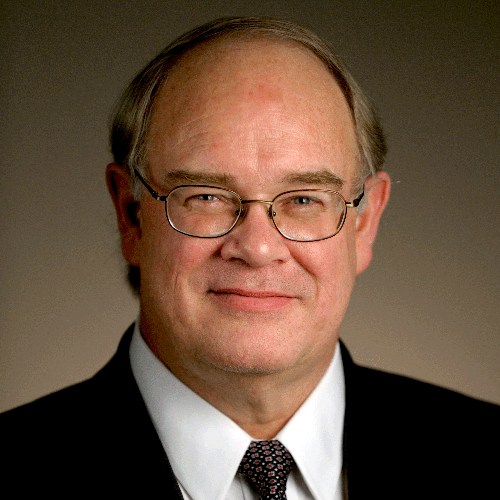
Paul Sieving, MD, PhD
Director
National Eye Institute, NIH
Biography
Dr. Sieving is Director of the National Eye Institute, NIH, since 2001. He oversees an NEI budget of $730M that supports 1800 vision research scientists and clinicians at 245 institutions in the USA and abroad. In 2014 he originated the “NEI Audacious Goals Initiative,” a 15 year effort in human regenerative medicine to replace photoreceptors and retinal ganglion cells lost from disease. He continues clinical research as an NIH Senior Investigator. He is an elected member of the National Academy of Medicine USA (2006) and also the German National Academy of Sciences (2013).
Dr. Sieving studied nuclear physics at Yale Graduate School, attended Yale Law School, and received his MD and PhD in bioengineering from the University of Illinois. After ophthalmology residency, he studied retinal physiology with Roy H. Steinberg at UCSF, and was a medical fellow in retinal degenerations under Eliot L. Berson, MD, at Harvard. He was the Paul R. Lichter Professor in Ophthalmic Genetics at the University of Michigan, where he founded the Center for Hereditary Retinal and Macular Degenerations.
Dr. Sieving identified a novel mechanism to protect photoreceptors by modulating the retinoid cycle in the eye using 13-cis retinoic acid (isotretinoin) (PNAS 2001); this led to therapy efforts for Stargardt macular degeneration. He conducted the first human clinical trial with CNTF neurotrophic factor to rescue rod and cone photoreceptors (PNAS 2006). Currently, he developed a therapeutic AAV8 vector for X-linked retinoschisis and is conducting an XLRS gene therapy trial at NEI / NIH (ClinicalTrials.gov NCT #03374657).
